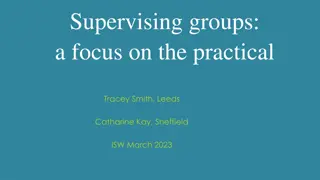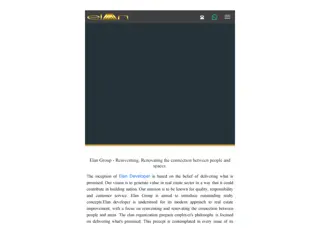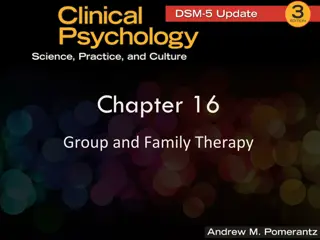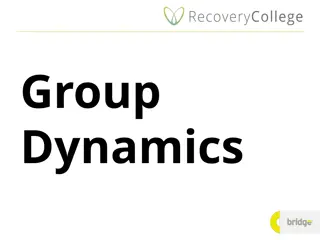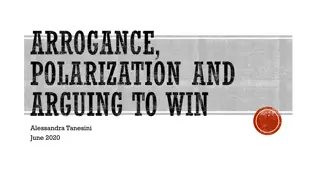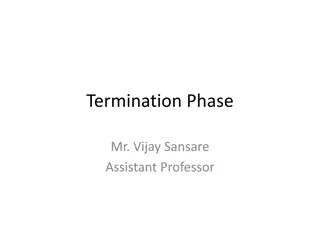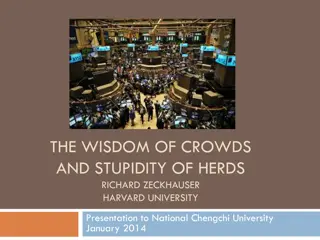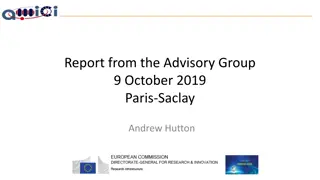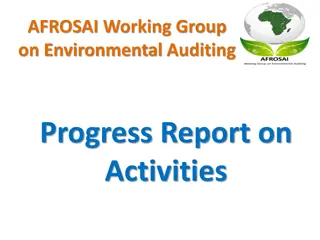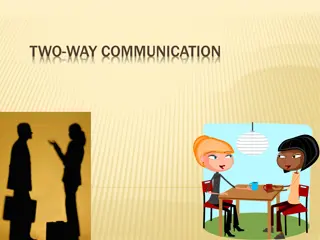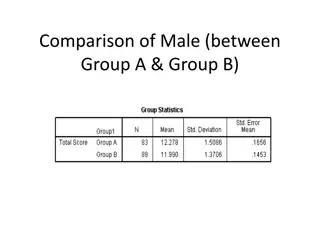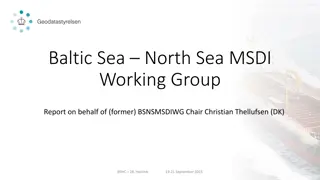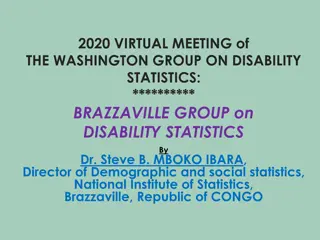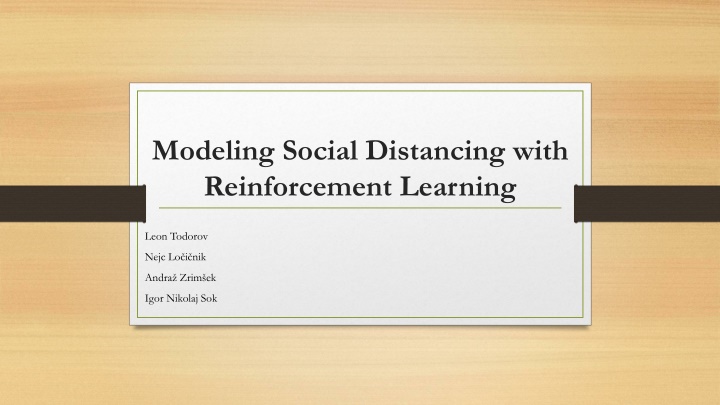
Modeling Social Distancing with Reinforcement Learning
"Explore the use of reinforcement learning to simulate social distancing behaviors, understand adaptive behaviors in disease mitigation, and apply insights to various fields such as epidemiology, robotics, and swarm intelligence. Overcome challenges in source code integration and reward system design, with lessons learned and future applications discussed. Discover how social distancing can naturally emerge through reinforcement learning, with adaptable models showing promise in limiting disease spread. Considerations for future work and real-world applications."
Download Presentation

Please find below an Image/Link to download the presentation.
The content on the website is provided AS IS for your information and personal use only. It may not be sold, licensed, or shared on other websites without obtaining consent from the author. If you encounter any issues during the download, it is possible that the publisher has removed the file from their server.
You are allowed to download the files provided on this website for personal or commercial use, subject to the condition that they are used lawfully. All files are the property of their respective owners.
The content on the website is provided AS IS for your information and personal use only. It may not be sold, licensed, or shared on other websites without obtaining consent from the author.
E N D
Presentation Transcript
Modeling Social Distancing with Reinforcement Learning Leon Todorov Nejc Lo i nik Andra Zrim ek Igor Nikolaj Sok
Motivation Why model social distancing? Understanding adaptive behaviors in disease mitigation. Insights into epidemiology, robotics, and swarm intelligence. Why It Matters? Public Health: COVID-19 highlighted the critical role of distancing. Understanding how such behaviors emerge can inform public health strategies and advance adaptive system designs. Applications range from epidemiology to swarm robotics and autonomous systems.
Starting goals Simulate social distancing behaviors using reinforcement learning (RL). Explore how agents adapt interactions to minimize disease spread.
Challenges Source Code Integration: A significant challenge was getting the author's original source code working, which required extensive debugging and adaptation to fit the project s specific needs. Reward System Design: Finding an effective balance between reward and penalty structures to encourage desired behaviors. Slow Feedback Loop: The training and evaluation process was slow, which made it challenging to iteratively refine the model and observe the effects of adjustments in real-time.
Lessons Learned Observation space: Inclusion of additional parameters in observation Interactions: Exploration of more complex interactions Visualization: More visualization tools, visualization of spread and agent death RL model: Test different RL algorithms and parameters
Discussion Validation: Social distancing can emerge naturally through RL with simple reward structures Insights into the model: Network statistics provide useful insights into disease spread in populations Adaptability: Model highly adaptable, agents exhibit disease spread limiting behavior in varied scenarios Future work: Explore more complex spread dynamics and different infection limiting behavior and application of the model to larger real world scenarios


